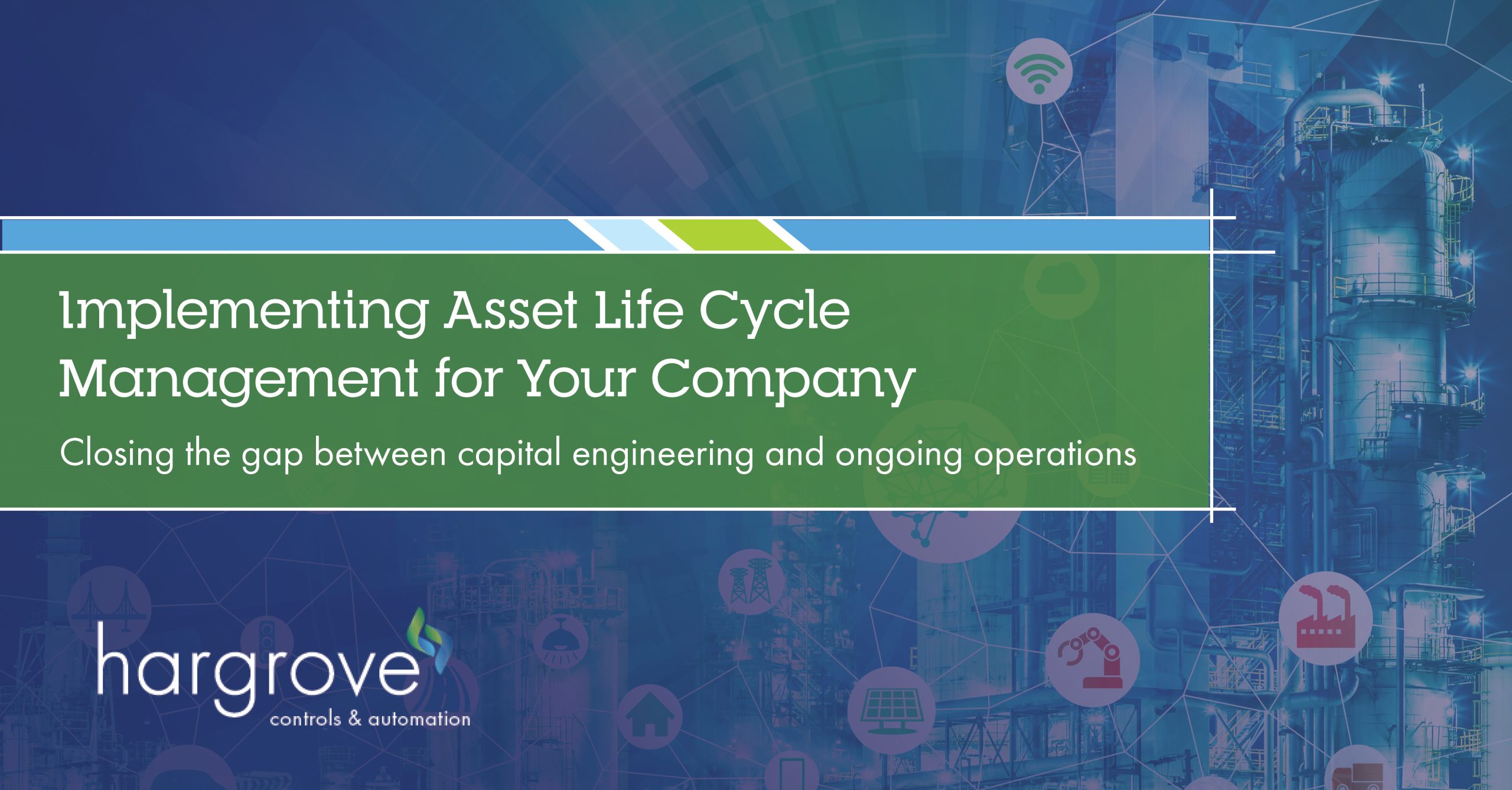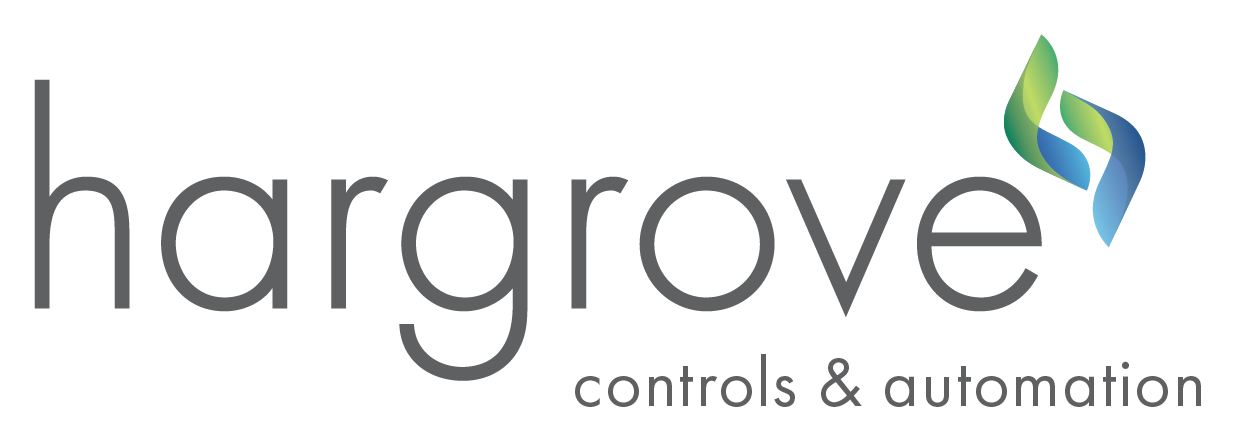Implementing Asset Life Cycle Management for Your Company

Capital project engineering managers are primarily rewarded for projects that are completed safely, on-time, and on-budget. But for maintenance managers, the status and health of an asset after installation is top priority.
This disconnect between the capital side and the ongoing operation side of projects translates to ongoing operational inefficiencies and issues that cost your company millions of dollars.
But what could happen if you closed this gap?
Why is Asset Life Cycle Management important?
In an asset-owning company, your capital engineering group focuses on projects whose lifespan is typically one to three years, beginning with project inception to mechanical completion. This is traditionally considered the “cost of the project.” As mechanical completion ends, your ongoing operations group takes over, focusing on the asset throughout the ongoing operations stages of the asset’s life cycle from operational readiness to decommissioning.
On well-executed projects, this transition zone is discussed and planned by the project team well in advance of reaching this milestone. On ideal project teams, operational readiness and commissioning & startup resources are engaged as scope is developed. But this is seldom the case. Each side often operates on its own.
The merger of capital engineering and ongoing operations is what creates the complete asset life cycle, beginning with document feasibility and ending with decommissioning. It includes the scope, detailed design, installation, operational readiness, commissioning & startup, and maintenance of an asset.

Many companies don’t consider the added cost to operate an asset throughout its 50-year operational lifetime during the design and initial capital engineering phases of a project and instead fixate on reducing the initial $10 million cost to $8 million. However, the lifetime cost of operating that asset could be billions of dollars. There are cost savings to be found on a capital project but beware of reducing the bottom line at the expense of operational impacts the budget cuts might create.
Asset Life Cycle Management helps you build the right budget to serve the long-term needs of the asset, with the maintenance and reliability in mind. Remember, it’s the complete cost of the asset in its life cycle, not just the cost to achieve operational readiness that must be considered.
Implementing Asset Life Cycle Management
Most capital projects are engineered to achieve performance objectives defined by the project team, but often not performance objectives defined by the ongoing operations team. A capital project can reach mechanical completion and start running safely, on-time, and on-budget without reliability and maintainability tools being used.
To adopt Asset Life Cycle Management, your company must look beyond “the cost of the project” as it represents such a small percentage of the Asset Life Cycle Cost of Ownership.
Ask the following questions:
1. What asset life expectancy did you design into this project?
2. What length of time between turnarounds/outages did you use to design this project?
If you can’t provide answers to the preceding questions, your Asset Life Cycle Management is lacking. The project is not designed for reliability and maintainability, which could have saved you millions of dollars throughout the asset life cycle—dollars that could have been saved on the initial cost of the project via better scoping and engineering design and during the ongoing operations phase via more reliable asset performance. Regardless of whether your project is building a new facility or simply replacing a small piece of equipment, you must still ask the questions.
Planning for operational readiness and commissioning & startup during the initial project design stage enables the needs of all stakeholder groups to be identified, documented, and engineered into the project. Decisions should also be made from a maintenance and operability standpoint. Scheduling, short-term and long-term costs, and long-term operational impacts need to be considered in the planning phase.
One way to ensure your project is designed for reliability and maintainability is through an Operational Readiness Assessment, a formal process whereby all stakeholders are assessed to identify potential problems or gaps that could negatively impact KPIs and business results when the new project/equipment begins operation.
Remember, the capital engineering manager is primarily focused on the capital project cost, and the maintenance manager wants a reliable asset throughout its life cycle. Getting multiple stakeholders involved at the start—from the site leader to the divisional manufacturing leader to the chief financial officer—will lead to a more successful asset during its entire life cycle.
Embedding Sustainability for Long Term Benefits
What are your sustainability initiatives and goals? Goals can’t be achieved if you don’t plan ahead. Design with maintainability and sustainability in mind. The United Nations outlined 17 sustainable development goals in areas such as poverty, hunger, clean water, climate action, and clean energy. Early in the capital process, determine what sustainability impacts, if any, you want engineered into this project. Making decisions in the early phases of your project, such as selecting equipment and materials with lower carbon footprints, will contribute to your sustainability impact objectives.
Sustainability goals often have a financial cost and can’t be engineered in at a late stage of a project. It is most beneficial, both sustainably and financially, to make these decisions while the budget is being set.
But What Does it REALLY Cost?
Companies may complete a capital project without determining how many years they’re designing the equipment to last. They don’t design to life expectancy. They rarely ask about the turnaround frequency.
If turnaround frequency for an asset is five years, but the equipment was only designed to run well for three years, it will run as designed for three years but run inefficiently for two years until your next turnaround.
At the end of the day, this will cost you unexpected money in terms of productivity, maintenance, and operating costs. You must match the engineered reliability of your equipment to the required reliability to your equipment.
Your asset is not like the pyramids in Egypt—it won’t last forever. Without considering the cost of an asset through its entire life cycle, you are setting yourself up for higher costs in the long run.
During construction and installation, you don’t want the maintenance group walking the facilities, checking access points and scaffolding, contemplating how they are going to run and maintain the asset, and informing you the asset is not going to work the way it’s been designed. Now, you have late changes interjected into a project which are exponentially more expensive on a capital project than early planning.
If the asset wasn’t designed to operate to the durations that your operations team needs — the length between outages and the process required — you will be left with more downtime and higher operating costs due to inefficiencies such as higher energy costs, quality losses, and operational and maintenance overtime.
Also, any time you have prolonged outages, unplanned outages, unplanned downtime, or limping operations, you have a safety risk – a cost that’s difficult to quantify.
Other pain points that increase the overall cost of a project include high maintenance cost per unit of production, productivity that is lower than the business demands, and excessive spare parts inventory. Downtime is often the focus, but poor reliability also results in an over usage of every input, raw material, energy, and labor.
Some companies engineer reliability during the capital phase of the project well using tools such as Reliability and Maintenance (RAM) modeling or 3D modeling. These companies benefit by having a lower Asset Life Cycle Cost of Ownership.
If you consciously plan for Asset Life Cycle Management on the front end, it provides the lowest total cost of ownership.
Emerging Technologies
If resources such as personnel and budgets are limited, you must make decisions that satisfy the overall organizational needs and have the biggest impact. There are unlimited opportunities to spend money in one area or another, but you don’t necessarily get the organizational value out of each of those decisions.
With a limited number of dollars, you need to manage the tradeoff. The dollars you would invest in effective, new technologies, such as Industry 4.0, are the same dollars you’re going to spend fixing a leaking roof in the warehouse. Do you fix the leaking warehouse roof – leaking water on your products – or do you invest in new technology? Can you increase production capacity without creating a bottleneck? The challenge is determining the right answers. Often, an incremental approach is best – allowing you to both fix the roof and start the investment towards new technologies.
The benefits of new technologies are to help you utilize your maintenance resources more strategically. To implement a full industry 4.0 solution, you must return to the equipment design. Choosing the appropriate solution frees funds that can be invested toward further improvements. It’s an iterative process that requires planning and partnership with industry specialists who understand manufacturing and the key performance indicators to which industry leaders are held accountable.
Engaging Industry Specialists
With the state of talent availability and retention today, many asset-owning companies don’t have enough trained, experienced, available team members to manage operational readiness assessment or commissioning & startup for complex and/or multiple capital projects. Increasingly, asset-owning companies are engaging external specialists as partners to steward projects from engineering completion through ongoing operations.
Asset-owning companies need industry specialists who understand engineering and automation and have the operational and maintenance knowledge throughout the entire life cycle of the asset. Experienced industry specialists can help facilitate your decisions from an operational and maintenance perspective to execute your project.
Successfully implementing Asset Life Cycle Management recommendations and ensuring their sustainability is not instantaneous. Improvement requires change, change requires action, action requires planning, planning requires design, and design requires time.
Working with the Hargrove Team of Companies
The Hargrove Team of companies works with clients to make decisions incorporating Asset Life Cycle Management.
Tormod, a Hargrove company, offers differentiated solutions, customizing your project with reliability, sustainability, and maintainability built into the design to achieve operational and financial objectives.
Interested in starting with the asset life cycle in mind? Contact Tormod today.

